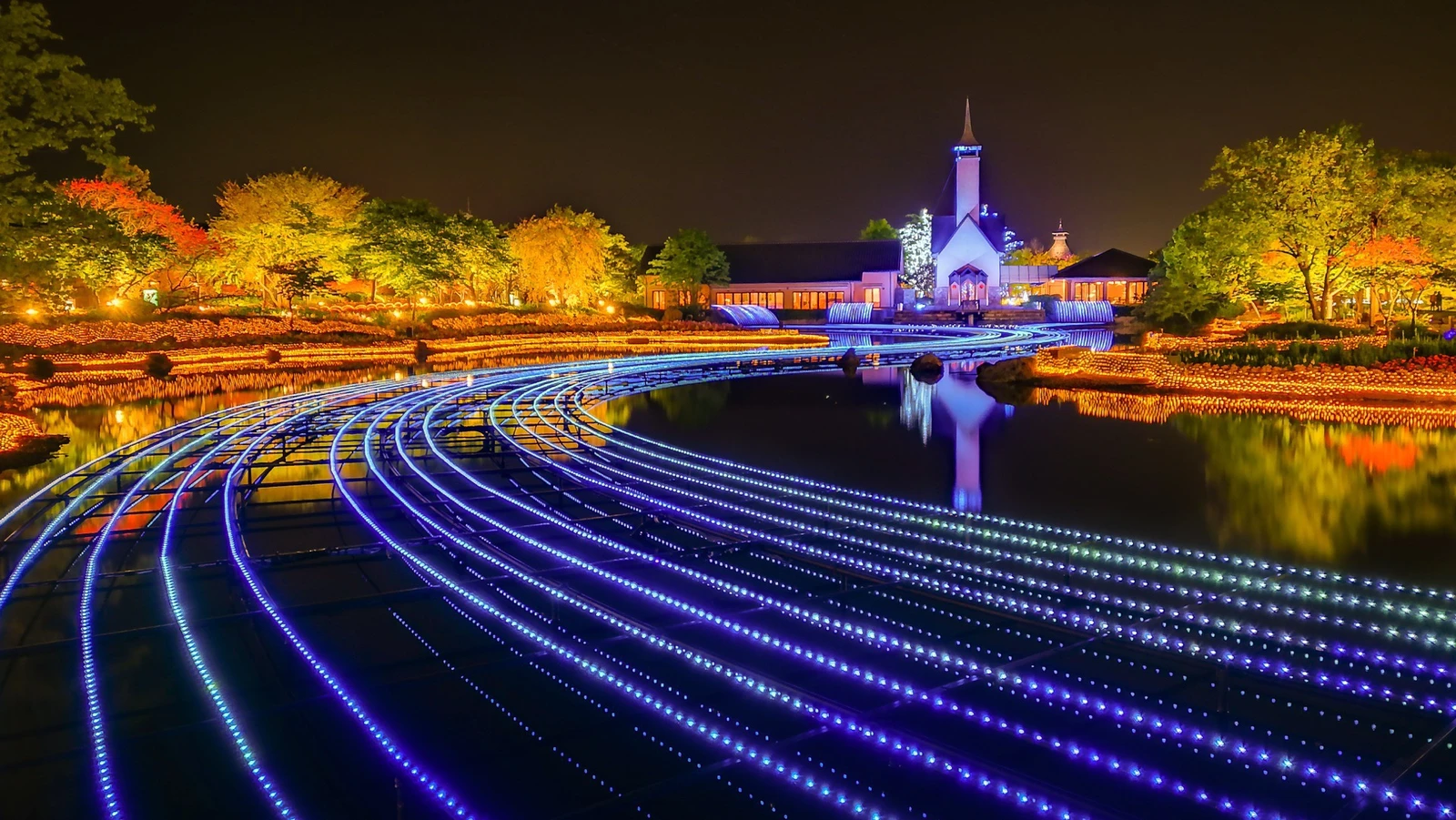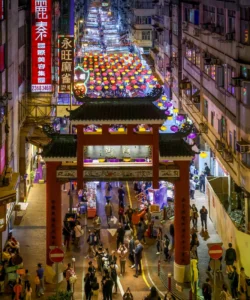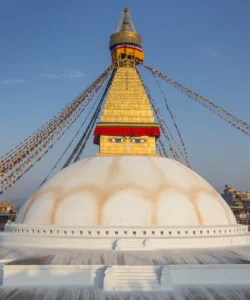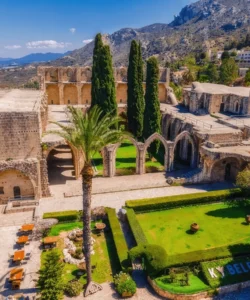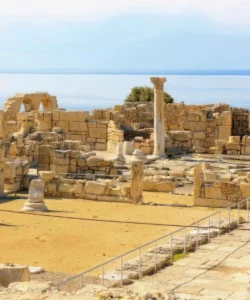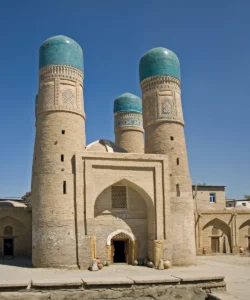Prepare to be dazzled by Nabana no Sato, a spectacular “Wonder” that transforms into an unparalleled wonderland of light, flowers, and natural beauty, especially during its famous winter illumination.
![]()
Name: Nabana no Sato (なばなの里) – often translated as Nabana Park
Address: 270 Nagashima Komae, Kuwana City, Mie Prefecture 511-1144, Japan
How to get there:
Nabana no Sato is located in Kuwana City, Mie Prefecture, easily accessible from Nagoya and other major cities.
- From Nagoya (Most Common):
- By Bus: Direct buses operate frequently from Nagoya Meitetsu Bus Center (next to Nagoya Station) directly to Nabana no Sato. The journey takes approximately 30 minutes. This is often the most convenient way.
- By Train & Bus: Take a Kintetsu Line train from Kintetsu Nagoya Station to Kuwana Station (about 20 minutes via limited express or 30 minutes via local train). From Kuwana Station, transfer to a local bus bound for Nabana no Sato (about 10 minutes).
- By Car: Driving is also a popular option, especially for visitors combining it with other attractions in the area (like Nagashima Spa Land).
- From Nagoya, it’s about a 20-30 minute drive, depending on traffic.
- The park has extensive parking facilities.
Landscape and Architecture:
Nabana no Sato is a vast and meticulously landscaped botanical garden that undergoes a dramatic transformation, particularly with its stunning illumination displays. Its “architecture” is built upon nature and augmented by elaborate light installations.
- Sprawling Flower Gardens: During the daytime, the park is a beautiful display of seasonal flowers across its expansive grounds. This includes:
- Seasonal Flower Gardens: Large fields of tulips, roses, hydrangeas, cosmos, and more, blooming according to the season.
- Begonia Garden (Begonia Garden “Andes”): A massive, climate-controlled greenhouse filled with an astonishing array of vibrant begonia flowers, along with other tropical plants, orchids, and even a “flower river” and waterfall. This provides a stunning floral display year-round.
- Plum Garden and Cherry Blossoms: Areas dedicated to these iconic Japanese trees, offering beautiful displays in early spring.
- Central Pond (Island Fuji): A large pond with a unique observation deck called “Island Fuji” – a circular cabin that slowly ascends to provide panoramic views of the entire park, especially spectacular during the illuminations.
- Rivers and Streams: Water features are integrated throughout the park.
- Hot Spring Foot Bath (Ashiyu): A natural hot spring foot bath is available for visitors to relax.
- Beer Garden and Restaurants: Various dining options, including a famous beer garden that uses local craft beer.
- Illumination Displays (Winter): This is where Nabana no Sato truly becomes a “wonder.” From autumn to late spring, the park is adorned with millions of LED lights, creating an immersive and breathtaking spectacle. The themes and designs change annually, but typically include:
- Main Themed Area: A grand, ever-changing light tunnel or landscape designed with a specific annual theme (e.g., famous natural landscapes, historical events, global landmarks).
- Tunnel of Lights: One or more long, enchanting tunnels created by thousands of LED bulbs, offering a mesmerizing walk through shimmering light.
- Water Illumination: The central pond often features dazzling light and sound shows.
- Trees and Flowers of Light: Trees and actual flower beds are meticulously lit up, creating glowing botanical displays.
What makes it famous:
Nabana no Sato’s fame is almost entirely due to its:
- World-Class Winter Illuminations: It is widely considered one of Japan’s largest and most spectacular winter illumination events, drawing millions of visitors each year. The sheer scale, artistry, and changing themes of the lights are unparalleled.
- Begonia Garden: The magnificent, year-round indoor Begonia Garden provides a lush, tropical floral experience even in winter, acting as a key component of the park’s appeal regardless of the outdoor season.
- Stunning Seasonal Flower Displays: Beyond the lights, the outdoor flower fields are beautifully maintained and offer vibrant colors throughout the warmer months.
- Photogenic Qualities: Every corner of the park, especially during illuminations, offers incredible photo opportunities, making it a social media sensation.
- Comprehensive Experience: It combines natural beauty, horticultural excellence, stunning light art, dining, and relaxation (foot bath) into one highly engaging destination.
- Accessibility from Nagoya: Its ease of access from a major city like Nagoya contributes significantly to its popularity.
Differences from some other wonders:
- Seasonal Transformation (Light as Architecture): While many gardens have seasonal beauty, Nabana no Sato’s defining “wonder” is its dramatic seasonal transformation through artificial light. The illuminations effectively create a temporary, grand “architecture” of light that is rebuilt and re-themed each year, making the park’s winter appearance a completely different entity from its daytime look. This is distinct from wonders that are static structures or purely natural formations.
- Hybrid of Botanical Garden and Light Art Exhibit: It’s not just a garden; it’s a massive, ongoing art installation that uses the garden as its canvas. This fusion of horticulture and high-tech light art makes it unique.
- Focus on Artificial Illumination as Main Draw: While many places have beautiful night views or light-ups, Nabana no Sato’s fame is driven by its illumination, which often eclipses its daytime floral beauty as the primary reason for a visit, especially for international tourists.
- Commercial Yet High-Quality: While being a private attraction with shops and restaurants, its commitment to quality and scale in its displays is exceptional, distinguishing it from smaller, less impressive commercial light events.
- Year-Round Appeal with a “Peak Season” for Lights: While its flowers are lovely in warmer months, the illumination period (roughly October to May) is its undisputed “peak wonder” season, making its prime-time accessibility quite extended compared to some natural seasonal wonders.
